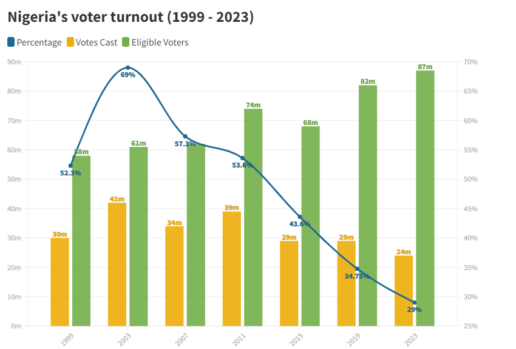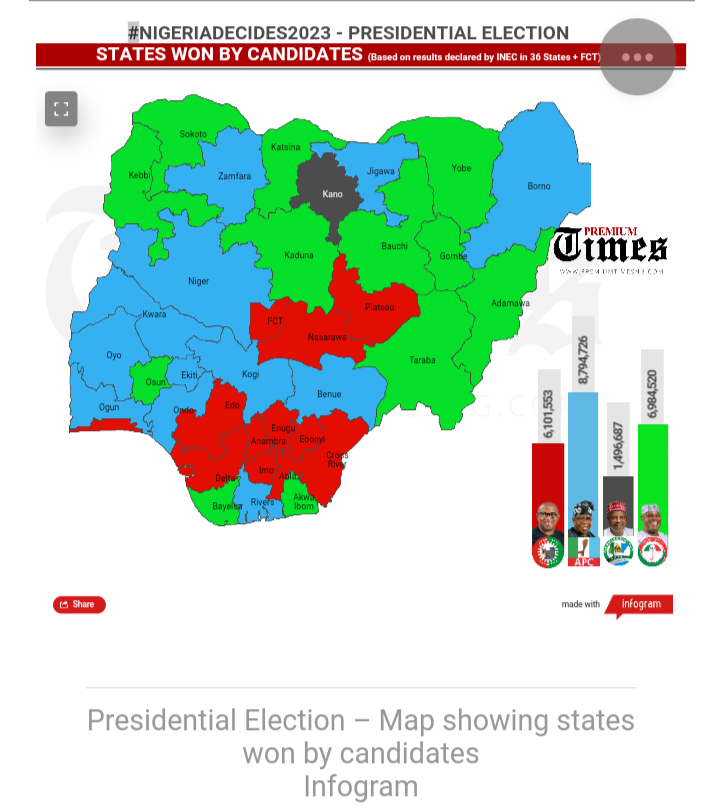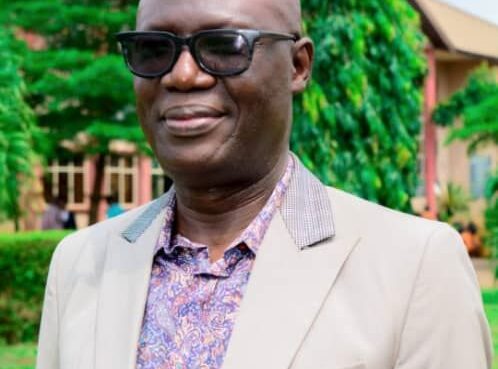Nigerians’ aversion to voting during elections is well documented, but the challenge saw a new low last weekend when citizens went out to elect federal lawmakers and the president in an exercise that was keenly watched across the world.
Since its return to democratic rule in 1999, Nigeria has enjoyed uninterrupted democracy, the first such lengthy period since the country’s independence in 1960. Up to 93 million people in Africa’s most populous country and biggest economy registered to vote ahead of the 2023 elections. It was the first leg of the seventh general election since the end of military rule in 1999.

In the build-up to the elections, a combination of a severe cash crunch as well as a protracted scarcity of petrol, ensured Nigerians, particularly the youth, picked a strong interest in participating in the 2023 election.
But, the voter turnout was abysmal, the lowest since Nigeria’s independence. In 36 states, less than half of the eligible population turned out to vote, and no state had a turnout above 40 per cent.
In the three largest states based on voter registration — Lagos, Kano and Rivers — less than a third of the eligible population voted. Rivers turnout was a shameful 15.6 per cent, the lowest in the country, despite producing a lot more votes in past elections.
Overall, the national turnout was 29 per cent; no election had a lower participation rate in the six decades of Nigeria’s independence. Of the 93.4 million registered voters this year, 87.2 million people collected their Permanent Voters Card and the total number of actual voters on election day was only 24.9 million. Barely 9 million people voted for President-elect Bola Tinubu who will now govern 220 million Nigerians.
Since 2011, the turnout of voters has seen a steady decline.
Before 2023, the 2019 election recorded the lowest voter turnout of 34.75 per cent. In 2019, only a meagre 28.6 million votes were cast despite 82 million eligible voters. The winner, President Muhammadu Buhari, was re-elected with just over 15 million votes in a country of more than 200 million citizens. More than half of the country’s population is within the voting age range.
The 2019 rate was the lowest of all recent elections held on the African continent. Data compiled by the International Institute for Democracy and Electoral Assistance (I-IDEA), an intergovernmental organisation that supports sustainable democracy worldwide, reveals that the turnout of voters in that election was the second lowest in the history of elections held in African countries, and it was only slightly better than the 32.3 per cent recorded in the 1996 Zimbabwean presidential election.
This means that Nigeria’s 2023 presidential election has the worst turnout in Africa.
Several factors have been given for the low voter turnout in Nigerian elections. These include voter apathy and poor economic situation. PREMIUM TIMES also reported how the electoral commission, INEC, contributed to the low voter turnout in the recent election through its late deployment of officials and materials to polling units.
Overall, voter apathy is a major challenge in Nigeria’s democracy. There is a worrying trend of public disinterest in or indifference towards the electoral and democratic processes.
Commenting on the development, Idayat Hassan, the director of the Centre for Democracy and Development (CDD) said the low participation might be due to the failure of democracy to deliver development.
“The failure of democracy to deliver development has made many to not have interest in participating in elections,” she said, adding “violence and voter suppression also played a huge role in diminishing voter turnout.”
In the 1999 election, 30.2 million people out of the 57.9 million registered citizens actually voted. Both the number of registered voters and the number of votes cast increased in the following election in 2003, with 42 million out of 60.8 million registered Nigerians voting (69 per cent voter turnout). The 2003 election still has the highest rate of participation since the end of military rule in 1999.

By 2007, despite an increase in the number of registered voters to 61.5 million, the total votes cast significantly dropped to 35.3 million (57.5 per cent voter turnout). Registered voters and total votes further increased to 73.5 and 39.4 respectively in 2011. Then the numbers dropped to 67.4 million and 29.4 million in 2015.
These figures put Nigeria among the 10 countries with the lowest voter turnout in the world. Rwanda recorded a 98.15 per cent voter turnout in 2017, the highest in the world.
“These dwindling numbers highlight how Nigeria’s politics and state institutions continue to exclude rather than include,” said Leena Hoffmann, an associate fellow of the Africa Programme at Chatham House London.
Ms Hassan of CDD called on INEC to improve its election management and embark on a voter register audit. “Nigeria doesn’t have a voter register audit, an audit that takes out those who have died and all other ineligible voters from the system.”
“The fact that a significant percentage of Nigerians fail to engage in elections is a concern and perhaps points to growing disillusionment with their ability to shape a more democratic society,” she said.
Nigeria will hold its governorship election on 11 March.
Turnout in gubernatorial elections varies across Nigerian states. Data from the 2019 gubernatorial elections show that many states recorded low voter turnout in their elections.
Turnout rates varied from above 50 per cent in Borno, Jigawa, Katsina, and Taraba to a worrying low of 18 per cent in Lagos State, the country’s most cosmopolitan city.
Only a few elections had higher percentages. Some recent by-elections recorded as low as 3 and 8 per cent voter turnout.
Only 10 per cent of eligible voters voted for Governor Charles Soludo of Anambra in 2021.
PREMIUM TIMES






